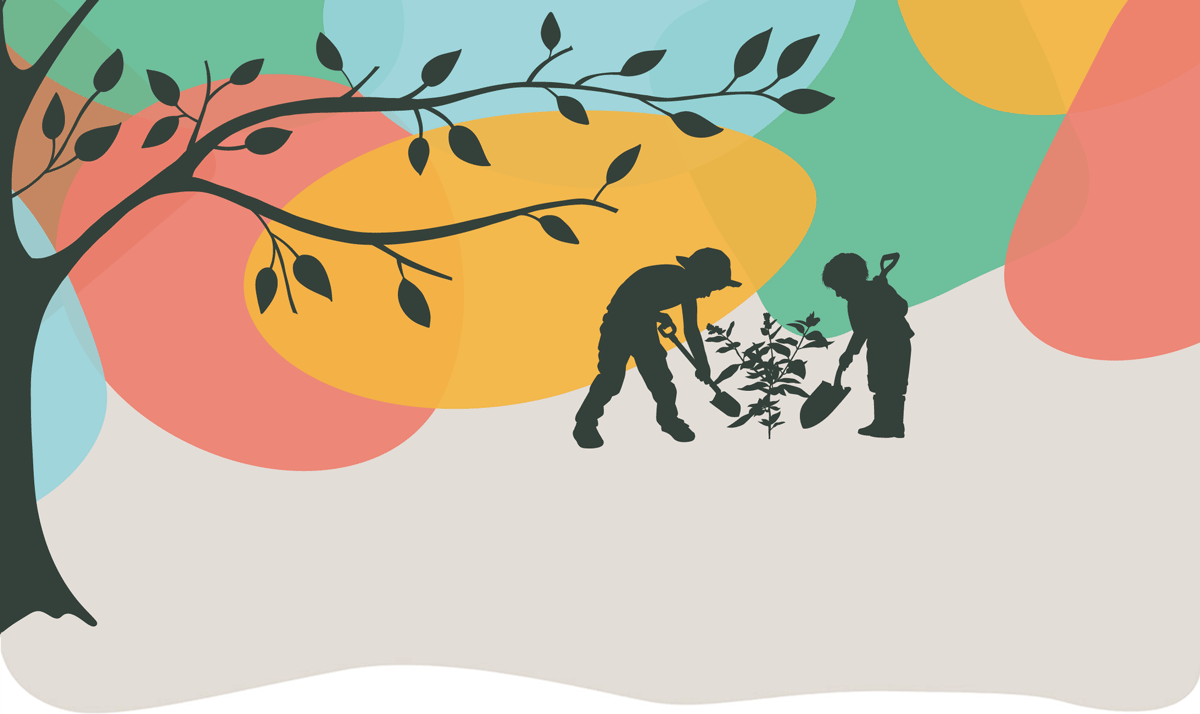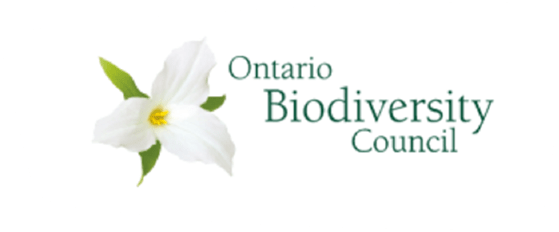
The comprehensive glossary of nature terms is a valuable resource for anyone seeking to deepen their understanding of the natural world.


Follow us on:
or send us an email at info@ontariobiodiversitycouncil.ca
©
2024 Ontario Biodiversity Council. All Rights Reserved.
Web design by Accurate.

Follow Us
